Oil on paper mounted on canvas depicting a view of the town of Thiers: the Seychalles Bridge (formerly the Seychal Gate).
Signed lower right: Corot Numbered on the reverse: 4818 and 1997.
Red wax seal on the reverse of the canvas.
In a channel frame bearing a Corot label, 19th century.
Small old restorations from use. Canvas dimensions: 39 x 32cm Frame dimensions: 66 x 56.5cm.
Description:
This painting is an oil on paper mounted on canvas like many of the small format works of this period. It is signed "COROT" lower right. Apart from old small restorations from use, the painting is in very good condition with beautiful colors. The view depicted is a great classic of the town of Thiers, which has always inspired artists throughout the ages. The bridge is depicted with its stone parapet, as it had been since its origins. It was only at the end of the 19th century that it was replaced by a metal railing. On the back are a number of elements, including a wax seal affixed to the canvas, as found on those in Corot's studio at the time of his death. This is very clearly shown in a video published by EBTH (EBTH Presents an Original By Jean-Baptiste-Camille Corot). The work is presented in a beautiful gilded stucco channel frame, which corresponds exactly to the style of the period. It also has a "COROT" label at the bottom, which indicates the interest and attention paid to this painting.
Comments:
After completing his "Grand Tour" in Italy (Rome, Naples, Venice), Corot, who traveled through the French provinces, was one of those artists of the early 19th century, like Huet, Isabey, Rousseau, who chose Auvergne as their preferred land for the production of landscape studies from nature. The latter stayed there during the 1830s, residing, among other places, at the inn "Ma Campagne", at Mère Gagnevin's in Royat. Known as a meeting place for painters of this period, he even established privileged relationships with some, including the young George Antoine Prosper Marilhat (Vertaizon 1811 - Paris 1847). Known for his great generosity, he helped the young man, who worked without passion for his uncle, a cutler in Thiers, and even enabled the future great painter to obtain a scholarship. Just like Royat, Mont Dore or the surroundings of Aurillac, Thiers will be one of those towns whose narrow valleys where bubbling rivers flow, overlooked by terraced houses, can only stimulate the inspiration of painters of the Romantic period.







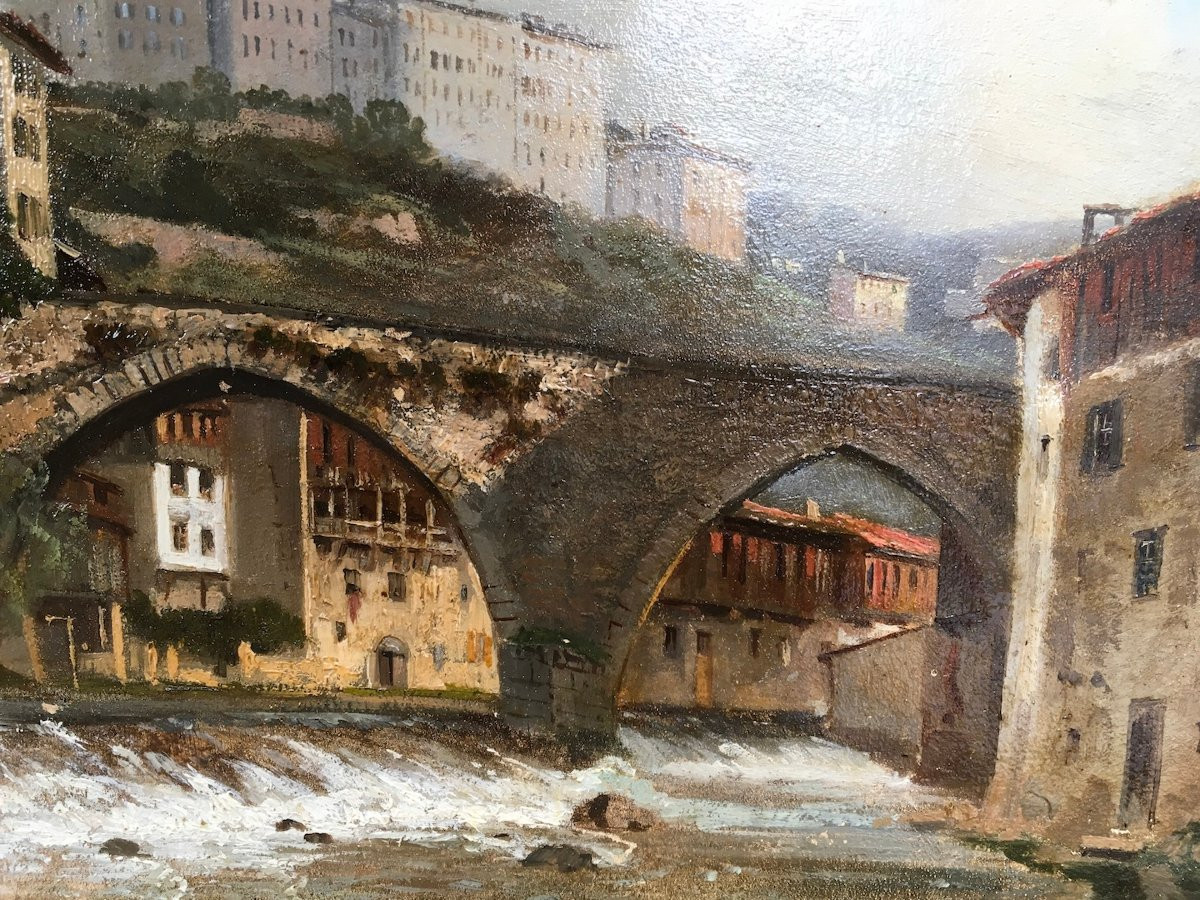



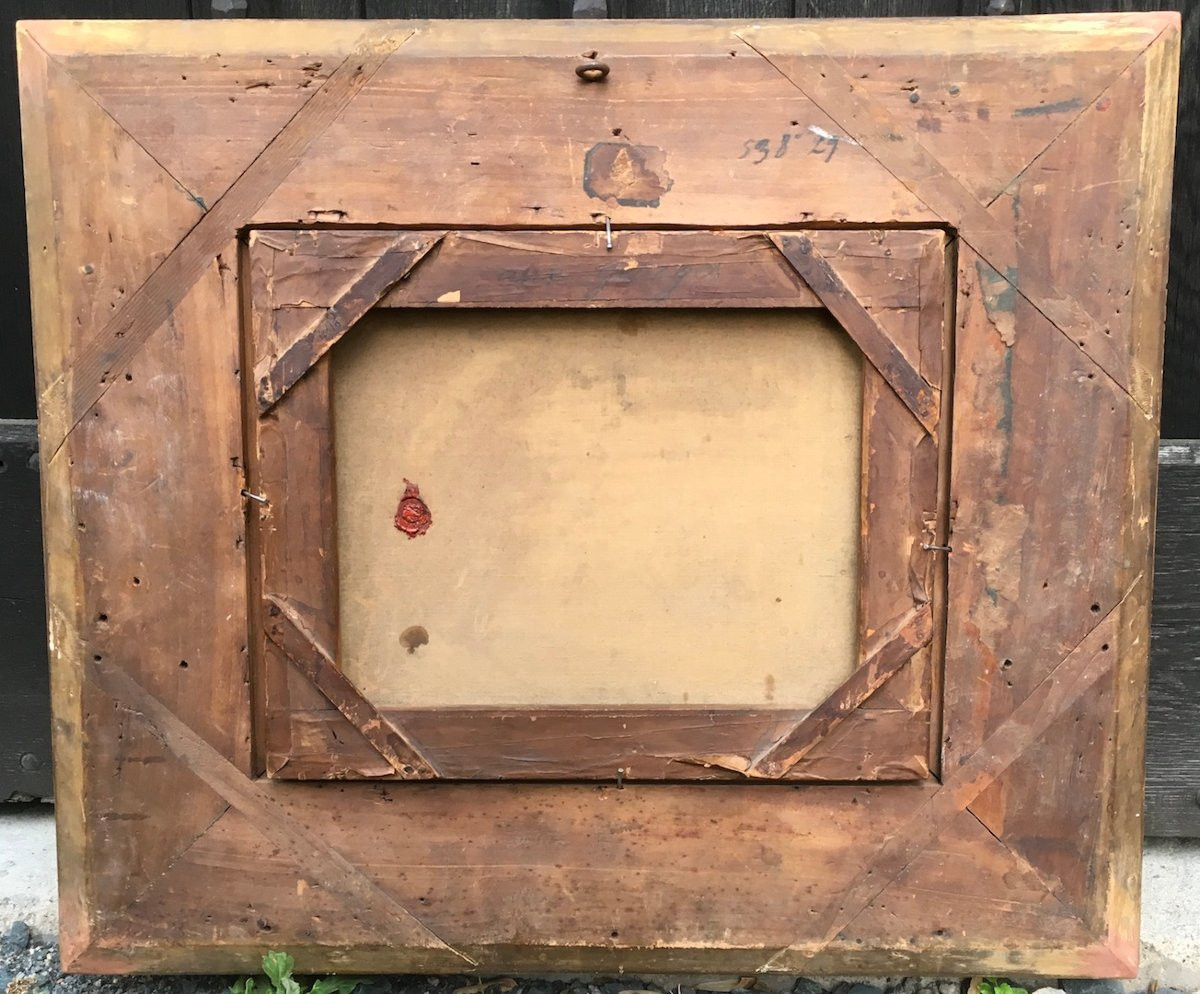

















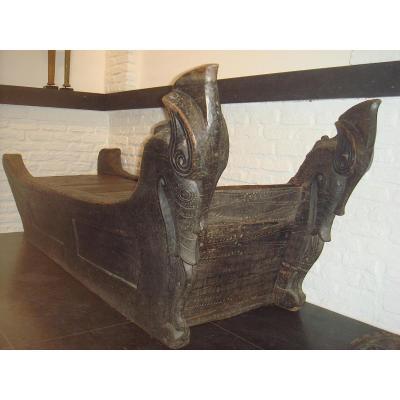


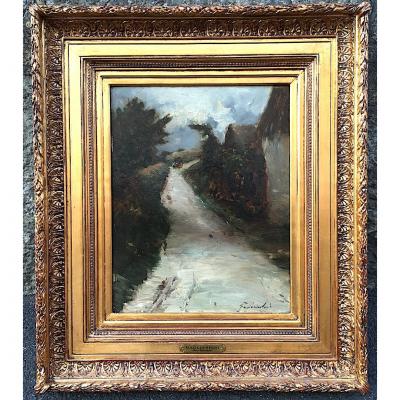


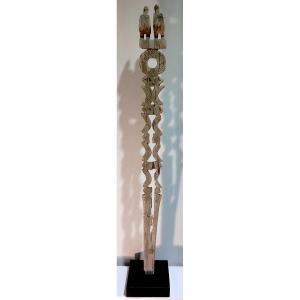


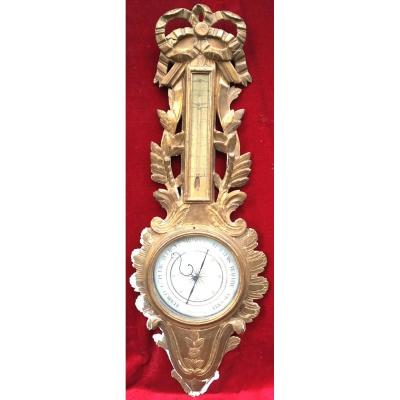
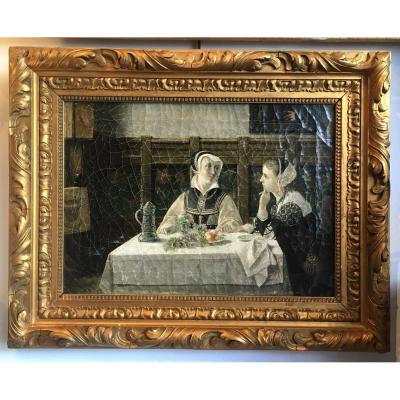
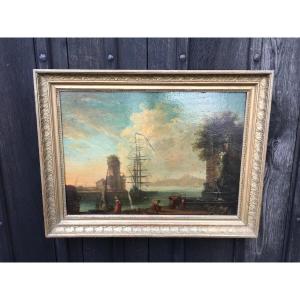



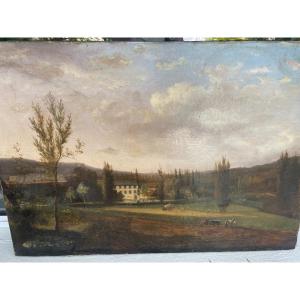

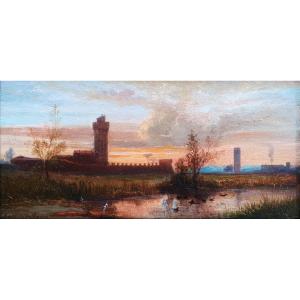



 Le Magazine de PROANTIC
Le Magazine de PROANTIC TRÉSORS Magazine
TRÉSORS Magazine Rivista Artiquariato
Rivista Artiquariato